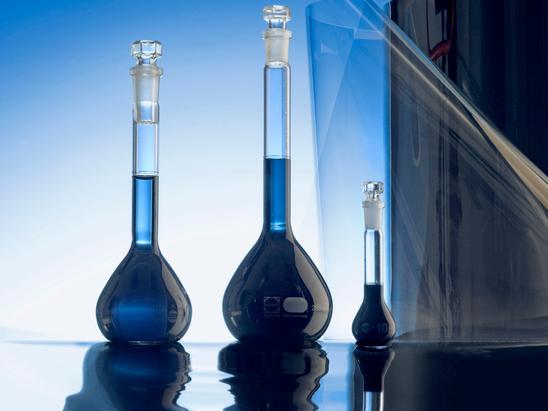
Foldable touchscreens: New materials pave the way for a breakthrough
Foldable smartphones, tablets and screens are finally becoming a reality. Now there is a need for robust conductive materials in touch displays so that the new technology will function reliably.
For a display to be foldable at all, each of its components must be robust and flexible. With the fundamental shift from glass to plastic in displays, the main challenge is to employ materials that are necessary for foldable displays.
The new Clevios HY E from Heraeus Electronic Chemicals is a hybrid material consisting of silver nanowires for higher conductivity and conductive PEDOT polymers as a flexible binding agent that allows for a smaller bending radius.
In tests, films coated with the material have been folded more than 300,000 times with a bending radius of 1 mm – with no impairment of their conductivity.
High and stable conductivity is essential especially for large displays. With such small bending radii, it will be possible to produce thin smartphones and tablets that have multiple folds.
“Our conductive material already possesses all the requisite electronic and mechanical properties,” says Dr. Armin Sautter, Head of Technical Service Display at Heraeus Electronic Chemicals.
“Even during implementation, we can provide support to display manufacturers as they implement individual adaptations of the material and develop processes for series production,” Dr. Sautter points out.
In its test laboratory in Taiwan, Heraeus Electronic Chemicals has a wide variety of options for testing conductive polymers on substrates.
In addition, the developers can structure touchscreens themselves – inserting the touch-sensitive sensors into the display film in such a way that they are undetectable.
Working with a Taiwanese touch panel manufacturer, the company has demonstrated what the future of displays actually looks like, as the team of developers produced an 8-inch folded touchscreen prototype in their test laboratory in Taiwan.
“This prototype clearly demonstrates how sophisticated and robust our materials are,” says Dr. Sautter. “Now we are looking for technological partnerships to implement additional applications.”


